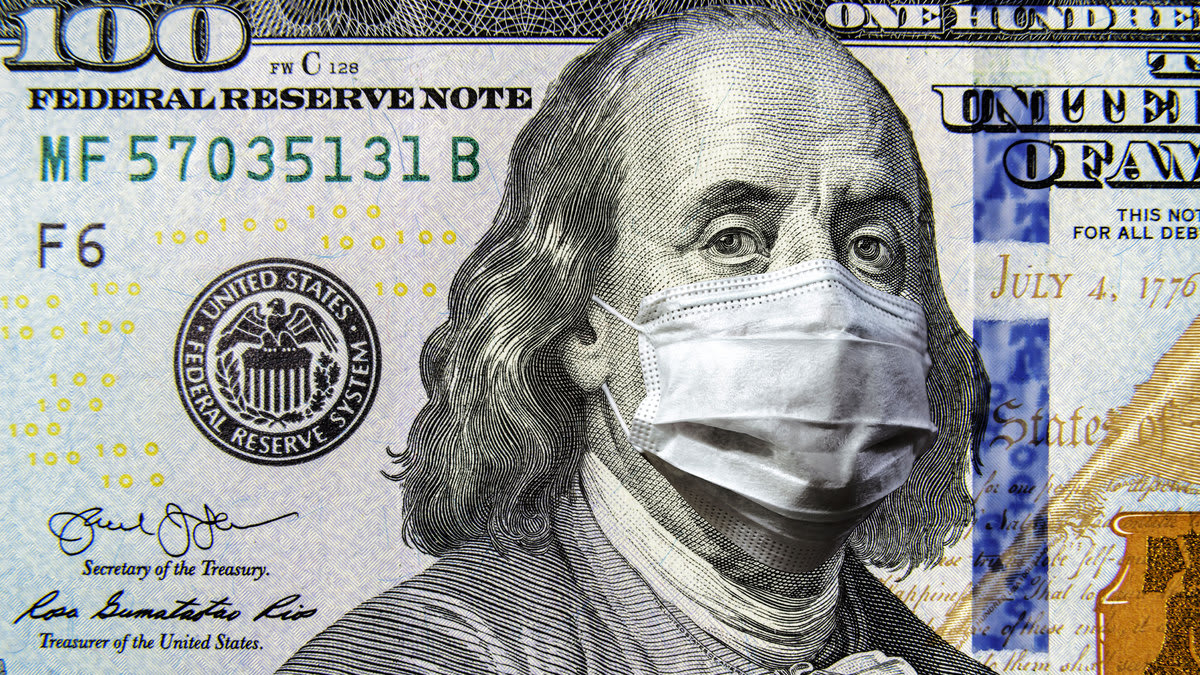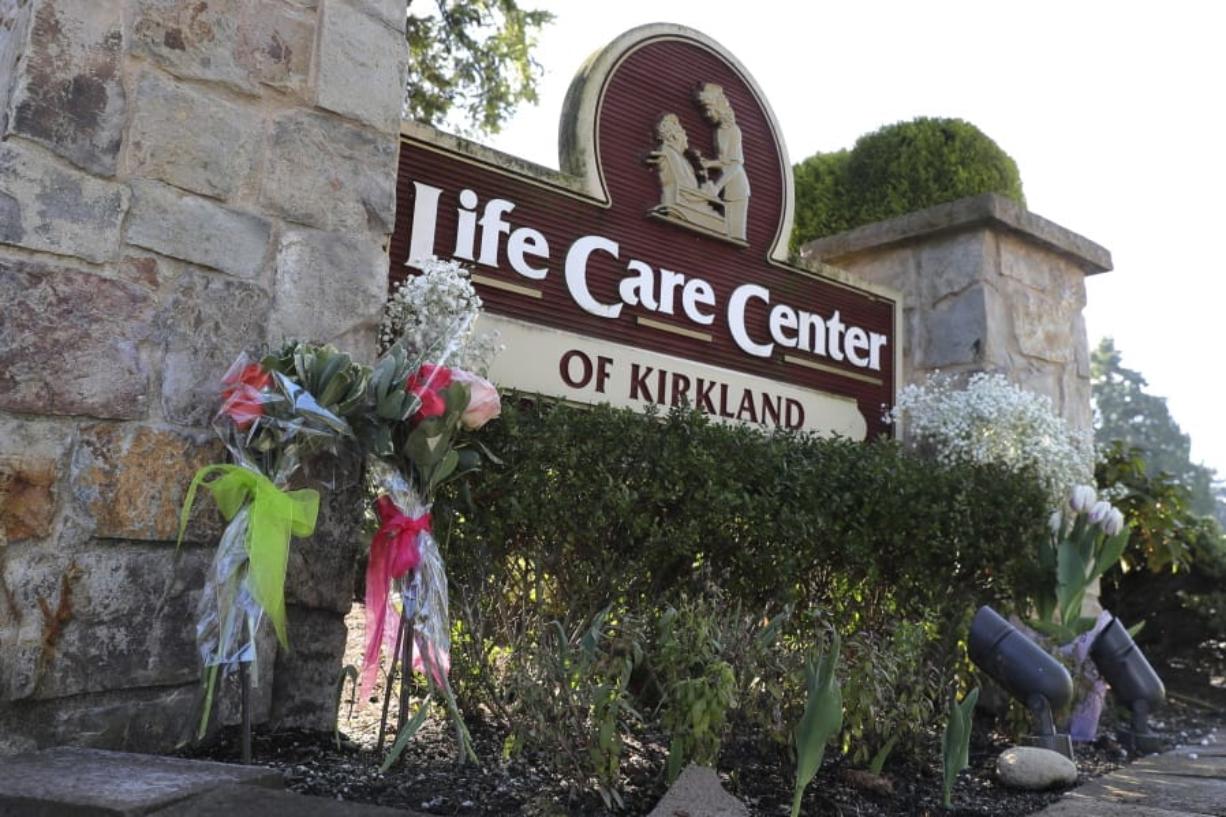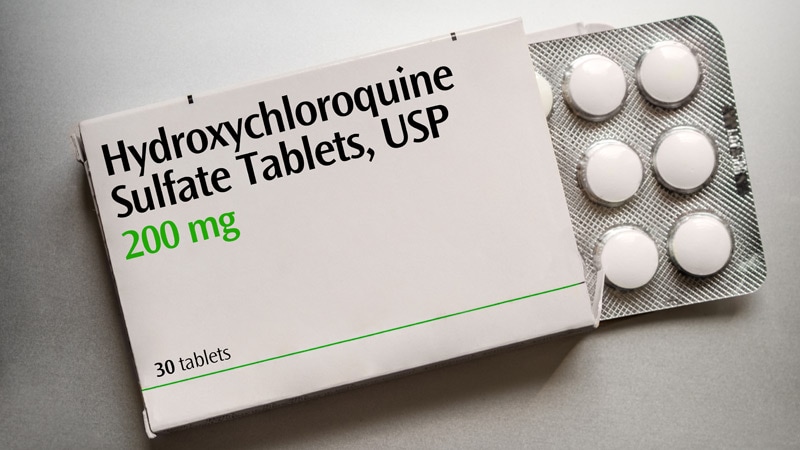The federal government has been sending tens of billions of dollars in aid to the country’s hospitals under the Provider Relief Fund created by the CARES Act. That’s all well and good. Yet there is an awkward aspect to this: quite a few of the recipients have been accused of cheating the federal government in the past.
I’ve been working closely with the relief fund data in recent days, in order to prepare it for uploading to Covid Stimulus Watch. I’ve noticed that numerous recipients are hospital chains that have been involved in cases brought under the False Claims Act (FCA), the law that is widely used by the federal government to go after healthcare providers and contractors for billing irregularities or other improprieties in their dealings with Uncle Sam.
Matching the Provider Relief Fund recipients to the FCA data my colleagues and I have collected for Violation Tracker, I found more than 100 overlaps for the period extending back to 2010. These include both for-profit and non-profit hospital systems.
The company that has received the most from the basic Provider Relief Fund (there is a separate set of awards to hospitals that have treated large numbers of covid patients) is also the hospital chain that has paid the most in FCA penalties over the past decade: Tenet Healthcare.
In 2016 Tenet and two of its subsidiaries had to pay over $513 million to resolve criminal charges and civil claims relating to a scheme to defraud the United States and to pay kickbacks in exchange for patient referrals. The subsidiaries pled guilty to conspiracy charges.
Community Health Systems, another big for-profit hospital chain participating in the relief fund, has been involved in ten different FCA controversies over the past decade. In 2018 one of its subsidiaries had to pay $260 million to resolve criminal charges and civil claims that it knowingly billed government health care programs for inpatient services that should have been billed as outpatient or observation services; paid remuneration to physicians in return for patient referrals; and submitted inflated claims for emergency department facility fees.
Among the non-profit relief fund recipients with FCA problems is Michigan-based Beaumont Health, one of whose hospitals had to pay $84 million in 2018 to resolve allegations that it made payments to referring physicians that violated the Anti-Kickback Act as well as the FCA.
CommonSpirit Health, the large Catholic health system, has numerous affiliates receiving relief funds that have faced FCA allegations. For example, in 2014 Dignity Health had to pay $37 million to resolve allegations that 13 of its hospitals in California, Nevada and Arizona knowingly submitted false claims to Medicare and TRICARE by admitting patients who could have been treated on a less costly, outpatient basis.
Altogether, at least 103 health systems whose facilities are participating in the relief fund have paid more than $4 billion in False Claims Act settlements and fines over the past decade.
Given the magnitude of the covid crisis, it would be difficult to argue that these providers should be denied assistance. Yet there should at least be additional safeguards put in place to make sure that they do not engage in similar transgressions when it comes to CARES Act funds.
Note: A list of companies receiving $500,000 or more from the Provider Relief Fund can be found here. A list of recipients of the high-impact awards can be found here.





